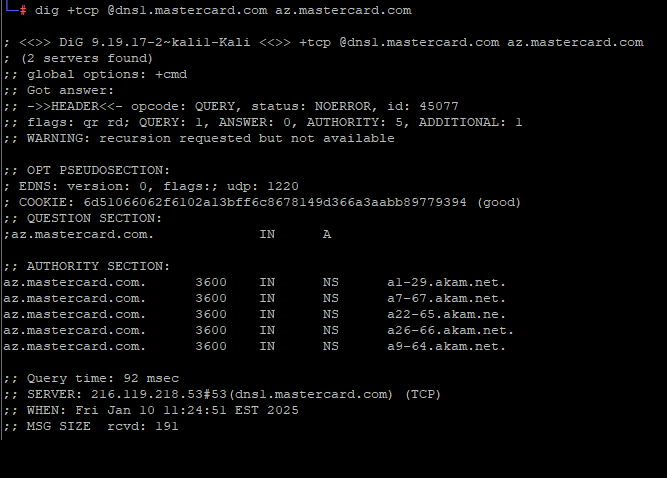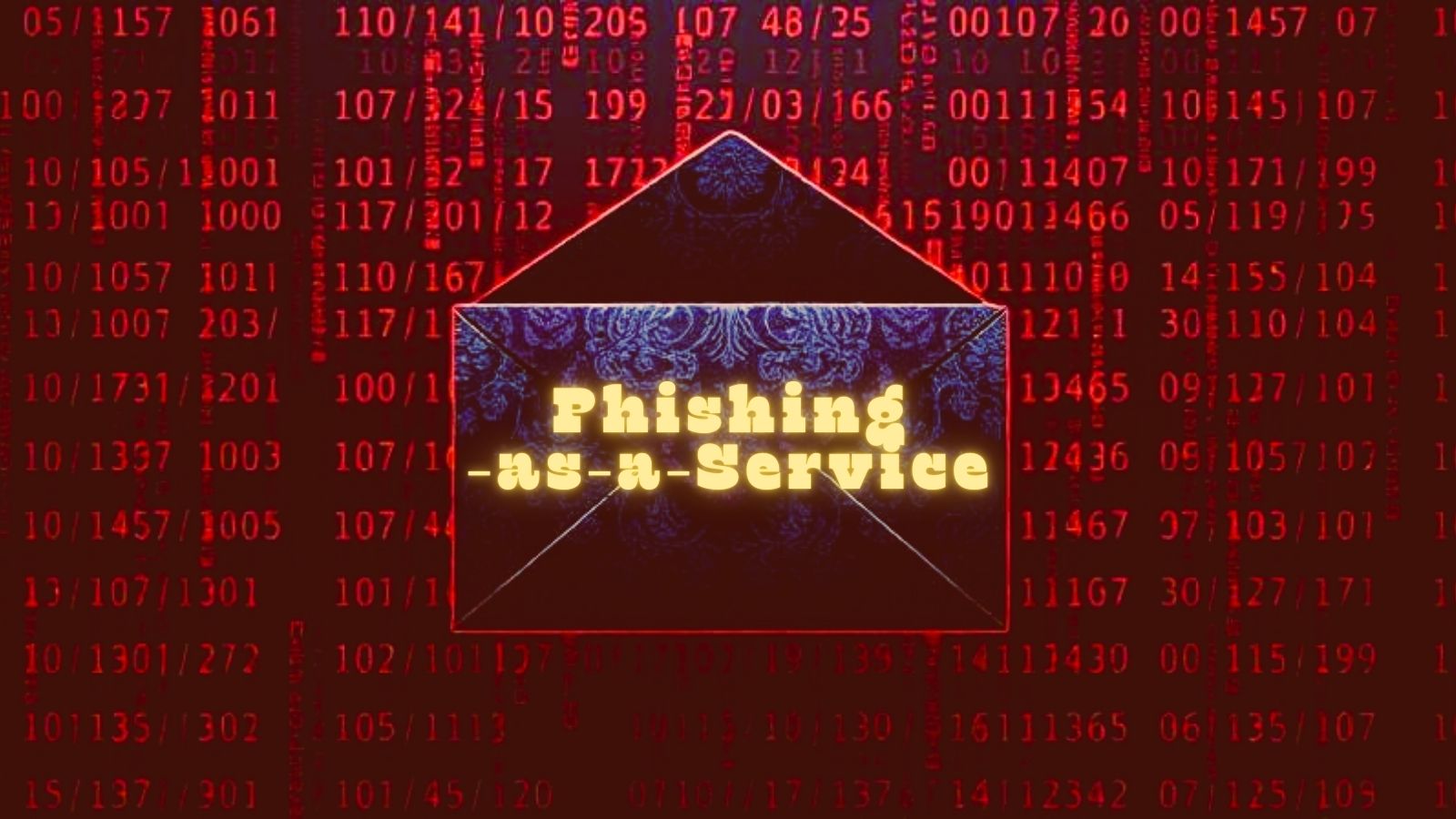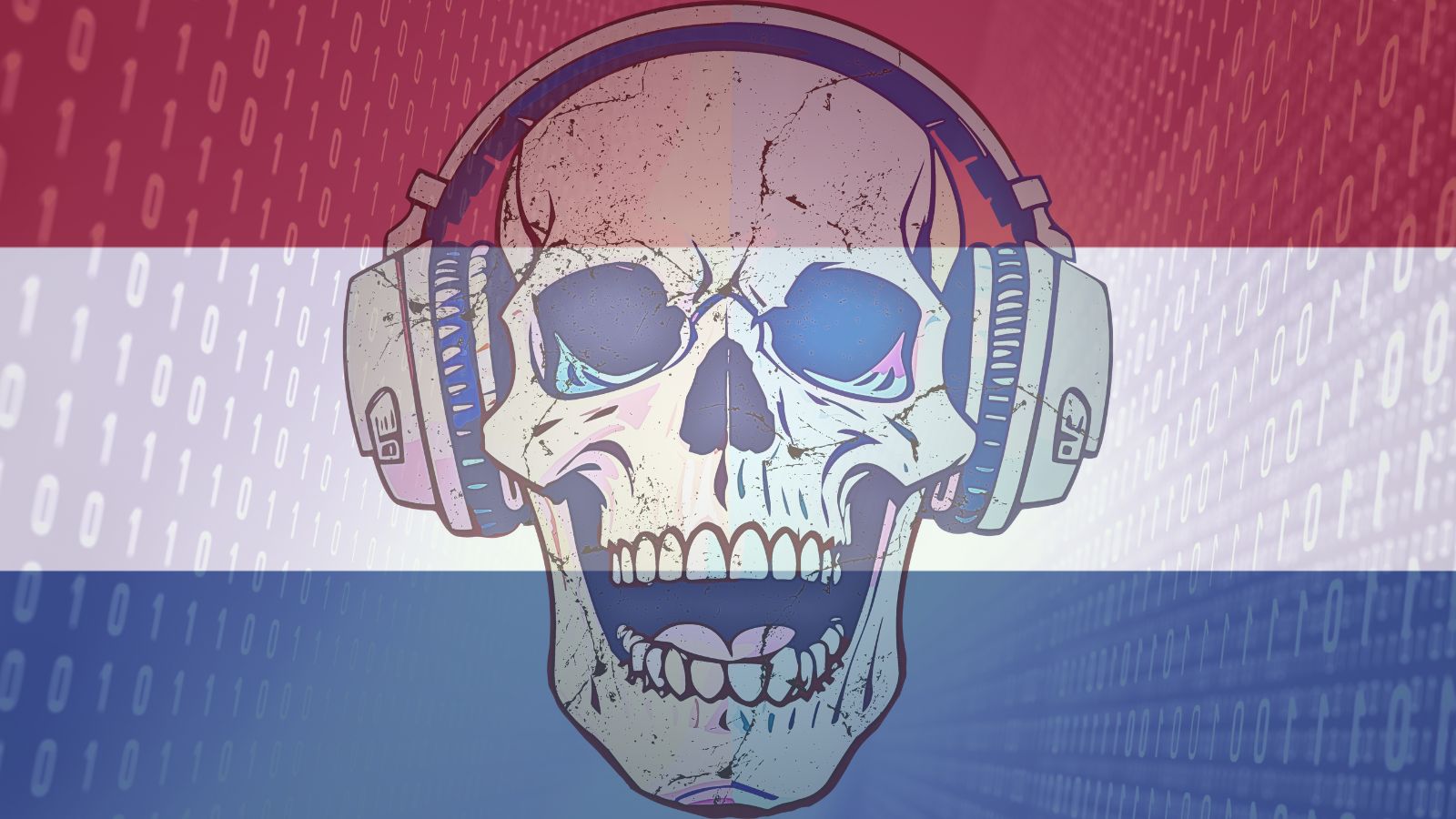
MasterCard Fixes 5-Year DNS Configuration Error Allowing the Registration of Unused Domain Name
- MasterCard uses five DNS servers provided by Akamai, one of which contained a domain typo.
- The domain was unregistered and could have been acquired to divert traffic from the company for malicious purposes.
- Following ethical security practices and responsible disclosure, MasterCard was notified of the vulnerability and fixed it.
Payment card giant MasterCard recently resolved a critical misconfiguration in its Domain Name System (DNS) settings that had persisted for nearly five years and could have allowed malicious actors to intercept or reroute Internet traffic and emails associated with the mastercard.com network.
Between June 30, 2020, and January 14, 2025, a single DNS misconfiguration left a core Internet server of MasterCard vulnerable. A small typo made the server name susceptible to registration by unauthorized parties.
MasterCard uses five DNS servers provided by Akamai, all of which are meant to end in the domain “akam.net.” However, one server was erroneously configured to end in “akam.ne,” which falls under the top-level domain of Niger.
The issue was first identified by Philippe Caturegli, founder of the security consultancy Seralys, who determined that the domain “akam.ne” was unregistered and could be acquired.
Caturegli took proactive steps to mitigate any potential risks. He purchased the “akam.ne” domain for $300 and set up a DNS server to observe activity. Within hours, he began receiving hundreds of thousands of DNS requests from global sources, confirming the extent of the reliance on this misconfigured server.
While additional entities also mistyped their DNS configurations to include “akam.ne,” MasterCard was by far the most significant party implicated.
Had a malicious actor acquired the domain, they could have launched severe exploits, such as intercepting Mastercard-associated email communications, acquiring SSL/TLS certificates to divert or impersonate legitimate web traffic, or even capturing Microsoft Windows authentication credentials from connected systems.
Yet, Caturegli refrained from taking any such actions, instead notifying MasterCard of the vulnerability. MasterCard swiftly resolved the issue after being alerted by Caturegli.
A company spokesperson released a statement saying, “We have looked into the matter and there was not a risk to our systems. This typo has now been corrected.” However, the company’s approach to addressing the disclosure raised concerns within the security community.
Caturegli disclosed the error on LinkedIn after securing the domain, which resulted in a dispute with MasterCard, who requested that the post be removed, calling the disclosure inconsistent with ethical practices.
Caturegli clarified that he had no affiliation with MasterCard’s Bugcrowd vulnerability disclosure initiative and had independently reported the issue directly to MasterCard.
He emphasized, “Before making any public disclosure, I ensured that the affected domain was registered to prevent exploitation, mitigating any risk to MasterCard or its customers. This action demonstrates our commitment to ethical security practices and responsible disclosure.”











